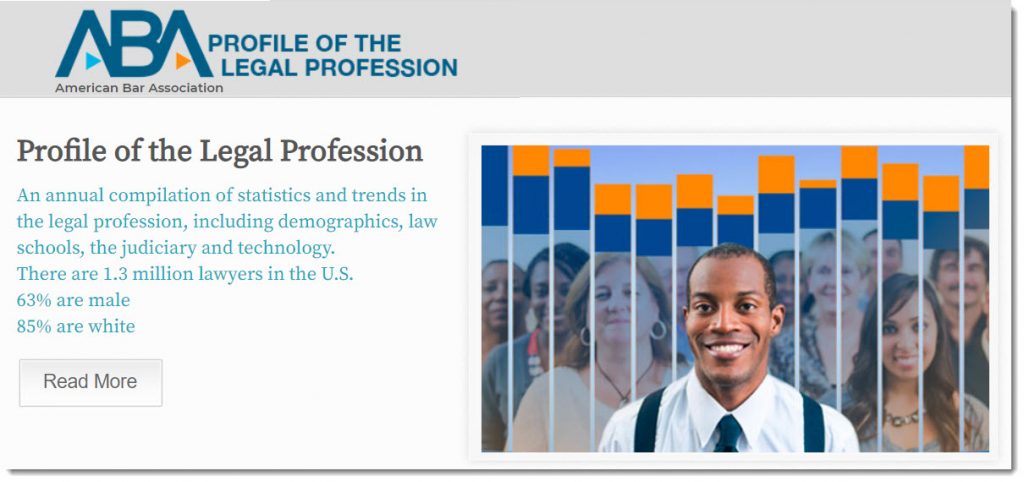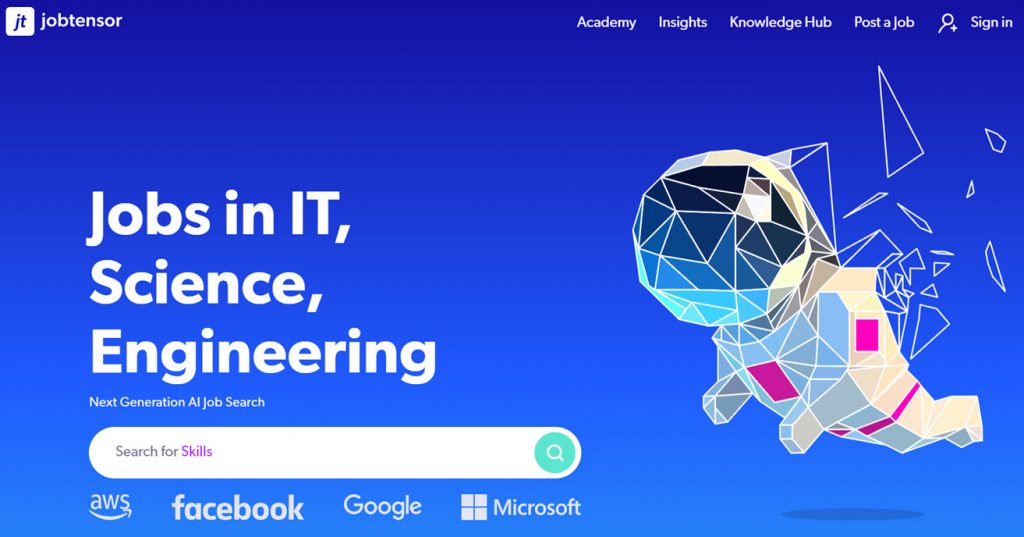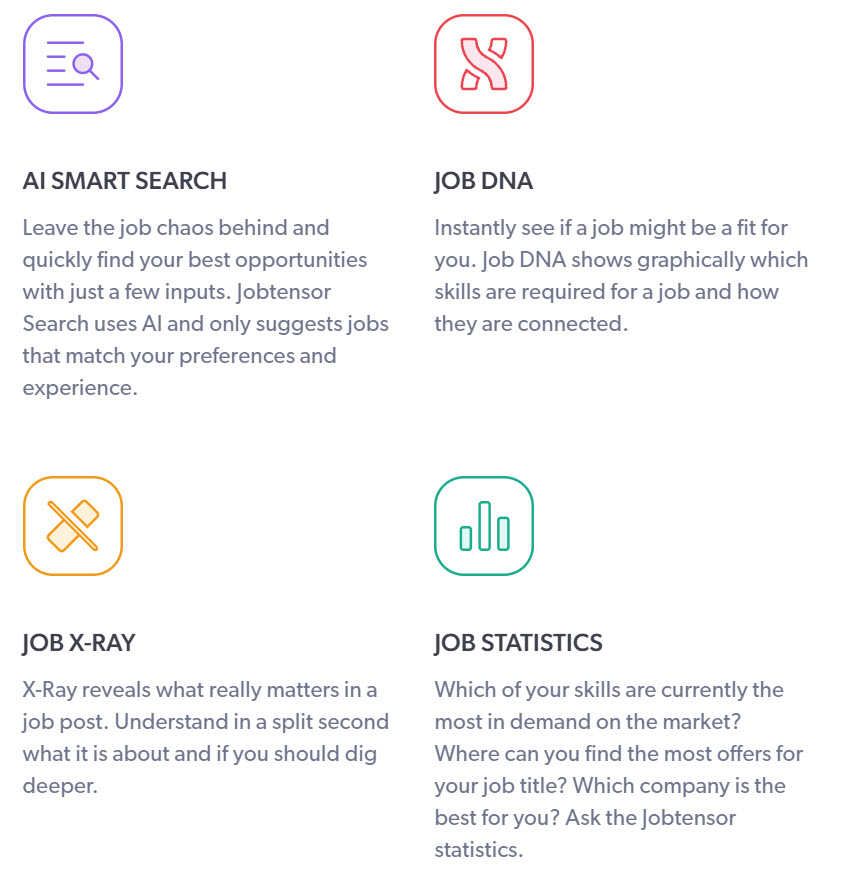A handful of colleges are finally providing training in a way consumers want it: fast — from hechingerreport.org by Jon Marcus
‘Rapid reskilling’ seeks to speed up the frustratingly slow pace of switching careers
Excerpts:
Such so-called rapid reskilling remains surprisingly rare in public and nonprofit higher education, which generally has been slow to respond to the need for accelerated training among the nation’s many career-switchers.
…
While conventional education institutions have long offered what they call short-term training, what they often mean by that is “shorter than it takes to get a degree.” Such programs still typically follow academic semesters that start only in the fall or spring and meet for a few hours a week, stretching on for months or years.
“We have really picked up the pace,” said Urban. “That’s something that is very, very attractive to career-switchers. People want it faster and they want it cheaper and they want it more conveniently. And that’s not a mode of operation in which traditional colleges and universities have thrived.”














